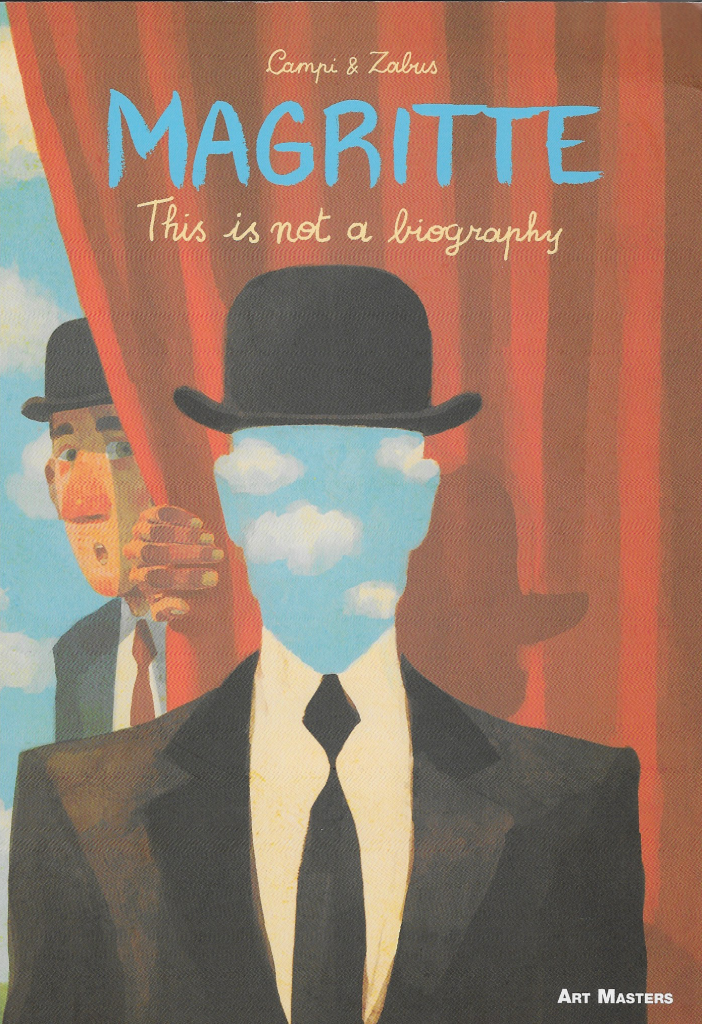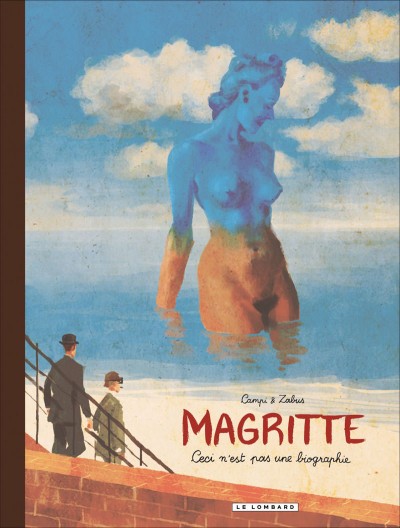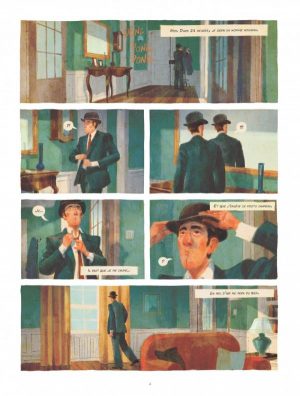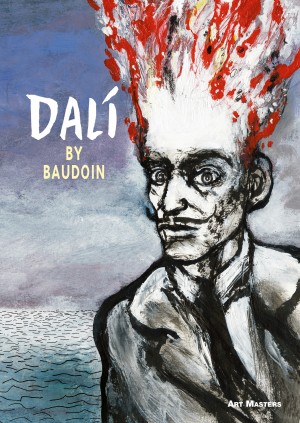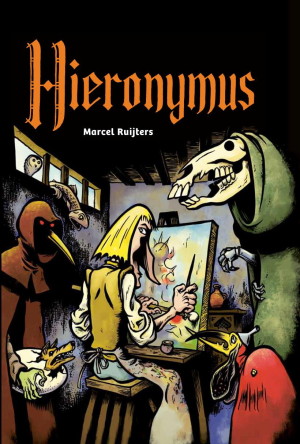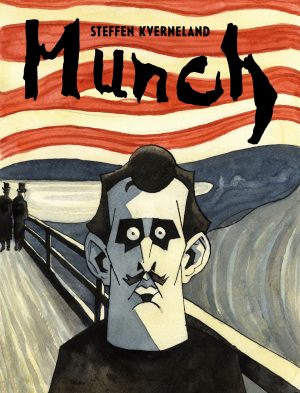Review by Graham Johnstone
René Magritte’s unsettling arrangements of familiar images have entered the public consciousness like few other modern artworks. Adopted by the 1960s counter-culture, his cloudy skies, birds in flight, apples and men in bowler hats, inspired numerous vinyl album sleeves, and the logo of the Beatles’ Apple Corps.
This over-familiarity, combined with (the book suggests) the artist’s own overuse of his most popular motifs may have inured us to the deep and lingering strangeness of the work. Take, for example, the painting that gives the book it’s title: below an illusionistic painting of a pipe are the words “ceci n’est pas un pipe” – “this is not a pipe”. As the painting’s title The Treachery of Images highlights, we should avoid mistaking the representation for the thing itself.
The sub-title This is Not a Biography is both a playful reference to the painting, and an accurate description of Thomas Campi and Vincent Zabus’ book. Unlike the troubled van Gogh, and Munch, or the charismatic Picasso, Magritte’s life is not, on its own, a great story. Indeed it was almost an art performance of bourgeois normality – the analogue of his ubiquitous men in bowler hats. He saved the strangeness for his paintings, and that’s what Campi and Zabu wisely focus on.
The book begins with a man called Charles, who, anticipating promotion, buys a vintage bowler hat. When he looks in a mirror to appreciate his new image, he is surprised to see the back of his head reflected (featured image). More Magritte-like situations occur, and fictitious criminal mastermind Fantômas explains to Charles that he is wearing Magritte’s own hat – and must “uncover [the artist’s] secrets or else…” the hat will remain forever stuck on his head. A beautiful Magritte scholar guides him through a series of surreal situations that illuminate the artist’s life and obsessions. They first see the young René in a cemetery where he reportedly had trysts with a girl, then they visit a haunt of Magritte and the Surrealists, the Magritte museum in Brussels, and so on. Writer Zabus weaves this into a seamless narrative, with some key reveals saved for the end.
Illustrator Campi more than plays his part, with panel after panel beautifully evocative of Magritte paintings: the distinctive cloud formations, rows of townhouses, and wood-panelled interiors, that provide the everyday settings invaded by trees in the form of leaves, floating orbs, and hooded figures. It’s expertly painted, with suitable precision on the Magritte elements, but adding a cartoonist’s expressiveness to the characters’ movements and reactions.
There’s good example of the pair in action when a steam train appears out of Charles’ fireplace. This not only mirrors a famous Magritte painting, but also introduces his biographer as the driver, and provides the means of taking Charles from Brussels to Magritte’s adopted home of Paris. Here Magritte met his wife and muse Georgette, but they avoid literal illustration of this, preferring to recreate Magritte’s images of her worked into their significant locations. At other times the characters walk in and out of the source images, in a memorable instance climbing through a hole Magritte painted on a door, to emerge in the artist’s later home of Jette, France.
Campi and Zabus have created a rich and vivid portrait of Magritte the man and the artist, in an impressively economical sixty pages. This is another excellent addition to SelfMadeHero’s Art Masters series, once again providing a first English language publication for it’s creators. It doesn’t require the commitment of the companion volumes on Pablo or Munch, and is impressive for its economy and brevity.
